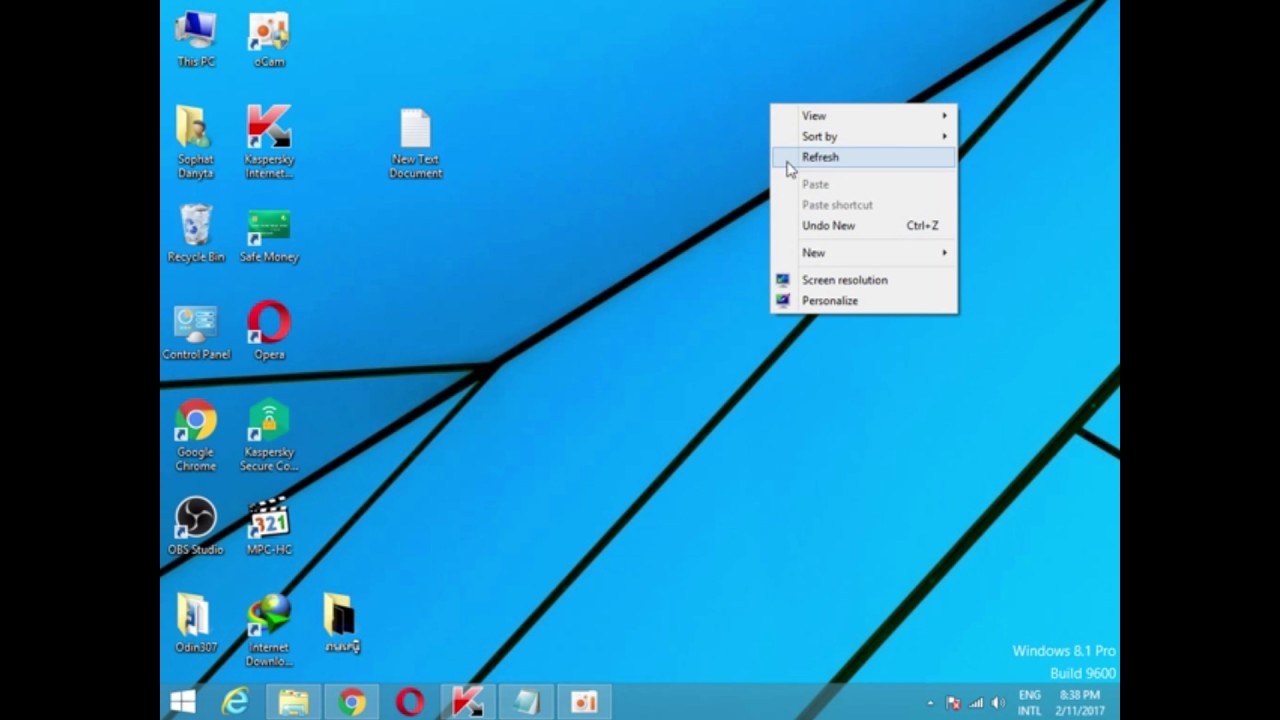

nodejs: wrapper script now works well even with swap partitions (it was working with swap files only) yun-gcc now includes many header files. Learn more about bidirectional Unicode characters To review, open the file in an editor that reveals hidden Unicode characters. KOLD-TV: Zipo the Clown (Zipo & Friends starring Victor Dains Sr.This file contains bidirectional Unicode text that may be interpreted or compiled differently than what appears below.KMSB-TV/KZAZ: The Uncle Bob Show (with Bob Love).KGUN: Marshal K-Gun (with Burt Oien, Jack Jacobson and Bob Love) Romper Room (with "Miss Evelyn" (San Angelo)).KTTU-TV/ KDTU: The Friendship Club (with Bob Love).KPHO-TV: Gold Dust Charlie (Ken Kennedy, with Bill Thompson as Wallace Sneed).KPHO-TV: The Ladmo Show ( Ladimir Kwiatkowski as Ladmo).Also known as "It's Wallace" and "Wallace & Company." KPHO-TV: The Wallace and Ladmo Show ( Bill Thompson as Wallace, Ladimir Kwiatkowski as Ladmo, and Pat McMahon as Gerald, Captain Super, other characters).KTAR-TV: Romper Room ("Miss Sherri", "Miss Coleene").KENI: Mother Moose (with Larry and Carol Beck).

#VT EXPLORER 6.15 SERIAL MOVIE#
Magoo, Space Angel and Clutch Cargo, as well as movie shorts, such as Laurel and Hardy, Our Gang/ The Little Rascals and The Three Stooges, as well as animated versions of Laurel and Hardy, Abbott and Costello and The Three Stooges, and live action shorts, such as Diver Dan. Almost all shows had a colorful host who assumed a persona, such as a cowboy/cowgirl, captain/skipper/commodore/admiral, jungle explorer, astronaut, king, princess, clown, sheriff/deputy/trooper, cop, firefighter, hobo/tramp, railroad engineer, magician, "cousin", "grandfather" or "uncle", whose role was not only to be the "DJ" for syndicated material (typically cartoons, although Westerns were more popular earlier on) but also to entertain, often with a live television studio audience of kids, during breaks.Įarly program fare included cartoon favorites, such as Koko the Clown, Daffy Duck, Crusader Rabbit, Dick Tracy, Popeye, Bugs Bunny, Rocky and Bullwinkle, Casper the Friendly Ghost, Mighty Mouse, Porky Pig, Deputy Dawg, Tin Tin, Mel-O-Toons, Woody Woodpecker, The Funny Company, Mr. The television programs typically aired in the weekday mornings before school or afternoons after school, as well as on weekends (to a lesser degree).

Author Tim Hollis documented about 1,400 local children's shows in a 2002 book, Hi There, Boys and Girls! This type of programming began in the late 1940s and continued into the late 1970s some shows continued into the 1990s. These were locally produced commercial television programming intended for the child audience with unique hosts and themes. The following is a list of local children's television shows in the United States.


 0 kommentar(er)
0 kommentar(er)
